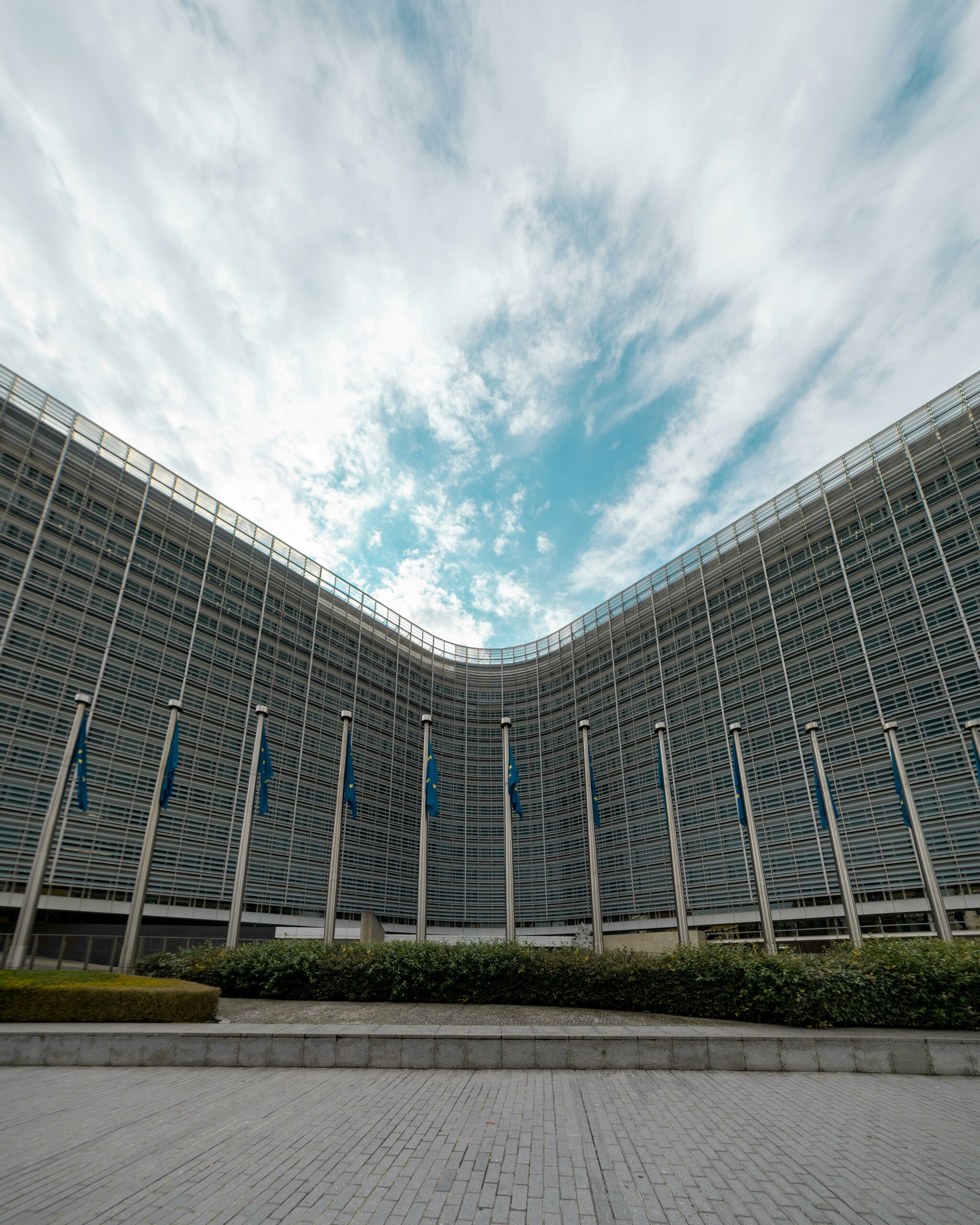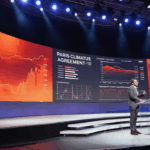Renewables, manufacturing sites, extractives, plantations… virtually any industrial development nowadays with local footprint is calling for serious local stakeholder engagement. Regulators, boards, investors and good practice to build systemic ESG risk assessment encourage proactive risk mitigation of human right related risks. 5 tips to get it right in this article
Local Engagement and Stakeholders at Play
UN Guiding Principles and growing regulations on Business and Human Rights are actively encouraging local engagement as part of due diligence. A way to ensure potential human right abuses are proactively identified and mitigated.
As part of such due diligence activities, increasingly expected by investors, stakeholder engagement is also vital to community development planning, implementation, and evaluation, ensuring that development projects are appropriate, effective, and sustainable.
Stakeholder engagement refers to substantive, two-way dialogue between a company and its stakeholders. A stakeholder is anyone who may be affected by, or may affect a project. In the case of community development, stakeholders may include project donors, partner NGOs, government agencies, community participants and others. In this briefing paper, and for sake of simplicity, we are using stakeholder to group duty bearers (people and stakeholders sharing duties to protect, respect or remedy on human rights) as well as right holders (people or stakeholders whose rights can be affected by the company and / or other duty bearers). For sake of simplicity, we are using stakeholder to group duty bearers (people and stakeholders sharing duties to protect, respect or remedy on human rights) as well as right holders (people or stakeholders whose rights can be affected by the company and / or other duty bearers). Investors, authorities or companies are generally on the duty bearer’s side. Employees, contractors or local communities impacted by projects are generally on the right holder’s side.
For duty bearers, engaging these right holders stakeholders can help to:
- Identify and prioritize community development needs and opportunities
- Identify potential positive or negative impacts from industrial operations that development projects may further leverage or help to mitigate
- Gather innovative ideas
- Encourage community member involvement in project design, implementation, and monitoring
- Identify and evaluate potential partners
- Monitor project impacts and ensure that development projects are meeting community expectations
- Respect human rights across operations, and document risk mitigation activities in compliance with relevant regulations
This kind of participatory approach to community development requires an investment of time as well as resources to be successful. For companies accustomed to traditional community investments such as local infrastructure or philanthropy, the required time commitment may feel burdensome. Ultimately, however, involving stakeholders in the planning, implementing, and evaluation phases is more likely to result in community development projects stakeholders perceive to be appropriate, effective, and sustainable. That’s also a good way to document proactively any due diligence related to risk mitigation of potential human right abuses related, for example, to: land acquisition, free prior and informed consent processes, security and respect of traditional livelihood of local communities among other human rights potentially at stake. International best practice and host governments or lenders may also contractually require companies to lead and document such local stakeholder engagement activities throughout project development phases.
At the end of the day, establishing and maintaining good relationships with communities and other key stakeholders is critical to a company’s efforts to earn its ‘social license to operate’, identify and mitigate potential human right risks, and may help to surface stakeholder issues, concerns before they become potential risks.
5 Tips to Get it Right
We recently published a successful briefing paper on the topic. From our experience, proactive investments are way cheaper than reactive management of crisis. Stakeholder Engagement & Human Right Due Diligence must be engaged across the full lifecycle of any project.
1. Define Objectives Calibrated Depending on the Project Cycle Phase
While we strongly encourage proactive and ongoing engagement activities, we know in real world this may happen differently. Key stakeholder engagement activities should adapt based on project lifecycle.
- During the planning phase, the company should focus on identifying key stakeholders, the potential positive and negative impacts of the operation, community needs and existing community resources and assets. This is best and ideal to engage at this phase. There are many ways to adapt project or include in contracts and negotiations multiple considerations related to better risk mitigation of human rights across those phases.
- During the implementation phase, ongoing dialogue and participation is required to inform key decision making. We are often asked to take part in processes in reactive manner in this phase, when incidents have already happened. Corrective action is always more complicated to implement than proactive measures.
- In the monitoring and evaluation phase, the impact of projects should be assessed together with stakeholders and communicated along with lessons learned. Across those phases, operating environment may change significantly over time. For instance, project may have been developed in rural area and may have to adapt to fast urbanizing environment. This can imply to refresh mapping of potential human right risks significantly.
2. Develop Creative Stakeholder Mapping
Involving stakeholders in community development projects is identifying who to engage. Companies often use stakeholder maps to identify key stakeholders for consultation as an operation is developed. While mapping is a critical step to ensure stakeholders who are most likely to be impacted by or have the ability to impact an operation are identified, stakeholders such as potential project partners (who may not necessarily be impacted by the operation), should not be overlooked. It is also important to remember, however, that stakeholder maps represent the knowledge of their creators and constitute an initial hypothesis regarding an operation’s relationships to its stakeholders. It is imperative to conduct interviews with stakeholders to validate these assumptions and ensure that the full range of stakeholders has been accurately captured and to regularly assess the status of these relationships.
For most operations around the globe, we strongly encourage to go beyond zone of comfort when mapping stakeholders. Going beyond usual suspects can be well done using the following criteria:
- Use social media. Social media have proven to be a great source of intelligence to identify local initiatives and people who can have a stake or relevant expertise worth exploring as part of any due diligence or stakeholder consultation.
- Think out of the box. Be creative to include stakeholder representatives who might seem far from operations although knowledgeable sharing their perspective
- Explore people segments with focus on vulnerable groups. Think gender. Think migrant. Think about poor communities who don’t vote at local elections. Think about how to genuinely include perspective of neglected segments into any mapping of stakeholders
A more difficult task is defining the community who will benefit or be negatively impacted from development efforts. This is a crucial decision and can consume a great of thinking and planning. Criteria that can be used to make such decisions include:
- Neighboring communities
- Particular vulnerable group or social communities
- Existing government, community, or partner development plans
- […]
Community expectations therefore may not be met through a single project but through the whole range of a company’s contributions.
3. Establish Structures for Ongoing Engagement with Local Stakeholders
After initial stakeholder engagement to identify needs, opportunities and assets, and design development projects, ongoing processes for engaging with stakeholders are needed to:
- Make key decisions about project direction & resource allocation
- Allow for ongoing stakeholder participation in implementation
- Build capacity
- Enhance transparency and communication
- Oversee project budgets
Mechanisms for engagement include:
- Multi-stakeholder community development committees/boards
- Project advisory committees
- Regular project update communications
- Information offices
- Grievance mechanism
- Social media activities following and engaging in relevant online discussions
4. Encourage Diversity on All Sides
These human right topics are sensitive and complex. We see significant value engaging or ensuring broad diversity of expertise, function or background across due diligence and regular review of activities. Here are a few suggestions:
- Experts in specific human right issues (e.g.: poverty, gender, migrant people…) may bring a deeper assessment on high risk segments of right holders. This can be valuable to increase understanding as well as impact of risk mitigation activities over time
- Experts in specific business issues (e.g.: factory productivity, agronomy, water management…) may help to define more creative solutions to mitigate human right risks on hard issues. For instance, improving capital or equipment productivity to decrease overtime issues
Working across fields, across generations or across functions is doubtless a source of diversity useful to expand understanding as well as collective capacity to design and deploy creative solutions improving human rights of people on the ground.
5. Maintain Transparency at All Times
Our world is increasingly digitalized. Information is available whether you want to take part in sharing or not. Human rights are sensitive topics. There is no point today to hold information. Risk is high to let other sources of information sharing their own vision and data. Good human right management implies faithful and trusted efforts to understand, share what’s understood and walk the talk exploring and deploying solutions.
- Explain methodology and how you’ve been able to identify potential risks
- Document stakeholder engagement activities to enable other stakeholders to easily access information
- Recognize you cannot control everything and context may change, so human rights at play may also evolve over time
Conclusions
Our expertise and tips are developed to help investors and companies learn to be proactive, effective and define trusted approaches understanding and managing human rights when planning, developing and operating with local business activities. We’re happy to engage on those sensitive and fascinating discussions.
Author of several books and resources on business, sustainability and responsibility. Working with top decision makers pursuing transformational changes for their organizations, leaders and industries. Working with executives improving resilience and competitiveness of their company and products given their climate and human right business agendas. Connect with Farid Baddache on Twitter at @Fbaddache.







Great content! Super high-quality! Keep it up! 🙂